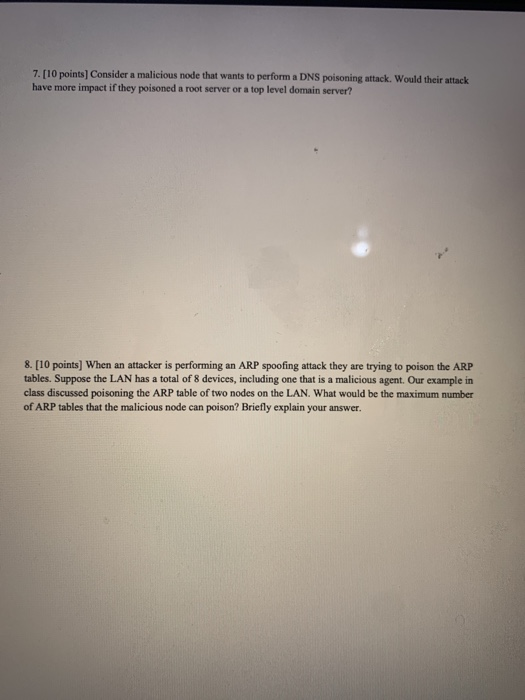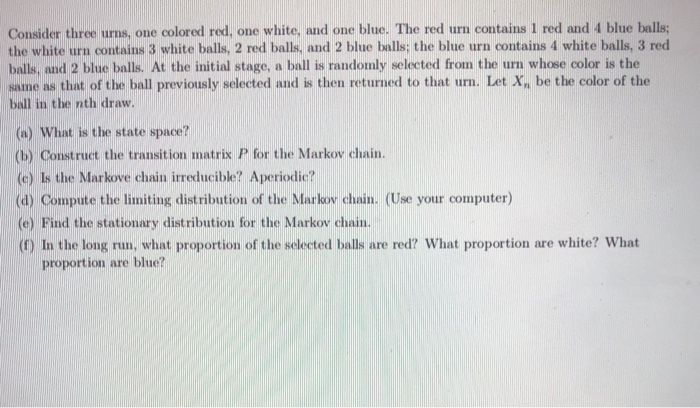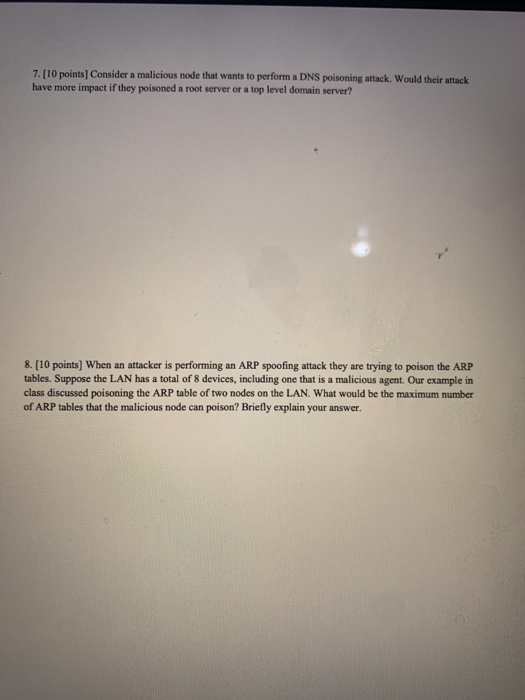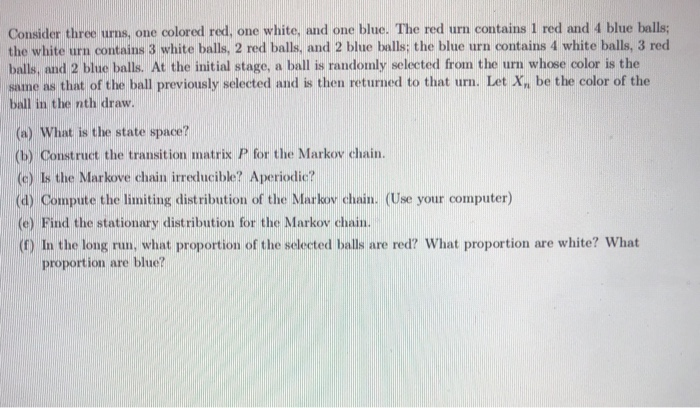Question
Question: Please try to make two-branch binomial tree for a stock price. Assume a 1-year option expiry. Using a volatility of 25% Assume the stock


Question:
Please try to make two-branch binomial tree for a stock price.
Assume a 1-year option expiry.
Using a volatility of 25%
Assume the stock price (spot and forward) is 200
What is the probability up and down for each step? What are your up and down amounts?
What would the price of a call option struck at 110% of the forward cost? (Hint: Recall risk neutral means you care only about expected payoffs. So just calculate a payoff and probability at the end of the tree.)
Now let's make this a one-branch normal model (so two outcomes at the end). Suppose forward interest rates are 2% and volatility is 1%. Time is 1 year. What is the up move and down move? Is the probability of 1% higher, the same, or more than the probability of 3%? What is the value of a 2% floor (payoff = max(2% - rate, 0)?


Step by Step Solution
There are 3 Steps involved in it
Step: 1

Get Instant Access to Expert-Tailored Solutions
See step-by-step solutions with expert insights and AI powered tools for academic success
Step: 2

Step: 3

Ace Your Homework with AI
Get the answers you need in no time with our AI-driven, step-by-step assistance
Get Started


